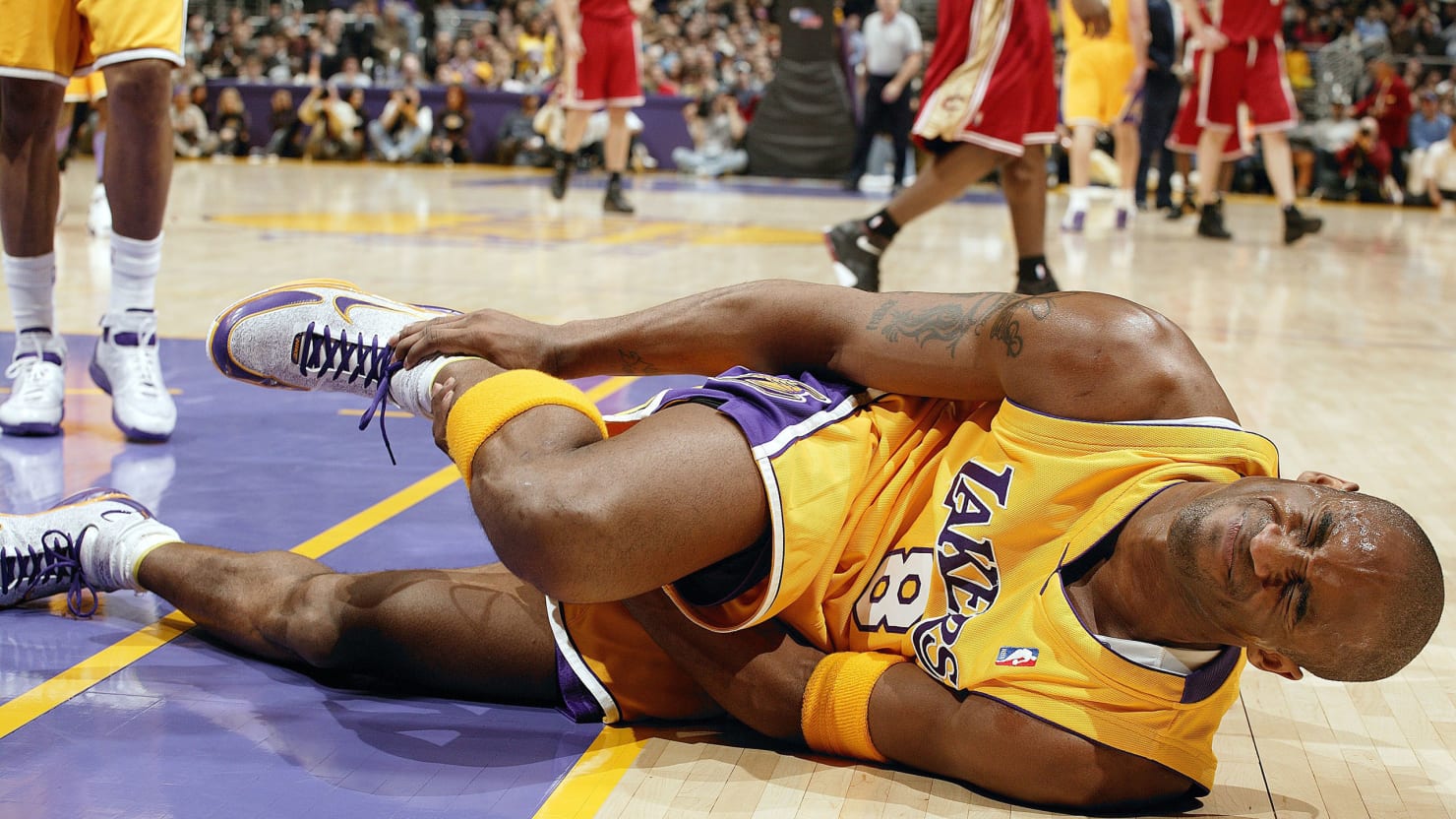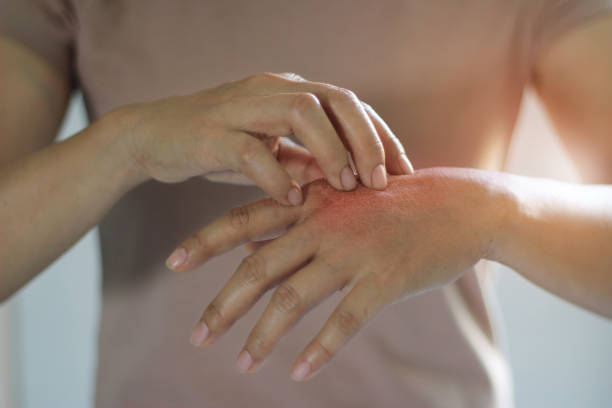Hey folks, today we’re talking about a not-so-fun aspect of sports: equipment failure. Yep, it’s that moment when your gear decides to betray you and sends you tumbling. But fear not, because we’re also diving into how you can hold the manufacturers accountable when things go south.
Imagine this: you’re out on the court, giving it your all, when suddenly, your shoe falls apart like it’s made of paper. Or maybe you’re tearing down the field, ready to score, when your helmet decides it’s time for a break. It’s not just frustrating – it’s downright dangerous.
Now, here’s the deal with equipment failure: it happens. No piece of gear is invincible, and wear and tear are part of the game. But when your equipment fails due to a manufacturing defect or negligence, that’s a whole different story.
So, who’s to blame when your gear lets you down? Cue the manufacturers. These folks are responsible for making sure their products are safe and up to standard. When they cut corners or overlook flaws in the design or production process, they’re putting you at risk.
But here’s where it gets tricky: holding manufacturers accountable ain’t always easy. You’ll need to gather evidence, prove that the equipment was defective or improperly made, and show how it directly caused your injury. It’s like building a case for the defense, only you’re the one calling the shots.
So, what can you do if you find yourself on the wrong end of a faulty piece of gear? First off, don’t panic. Take photos of the equipment, gather any witnesses, and seek medical attention if needed. Then, reach out to a legal expert who knows their stuff when it comes to product liability.
Remember, you’re not alone in this. Manufacturers have a responsibility to keep you safe, and when they drop the ball, they need to be held accountable. So strap on that gear, play hard – but if your equipment lets you down, don’t hesitate to fight back. After all, it’s your safety on the line.











